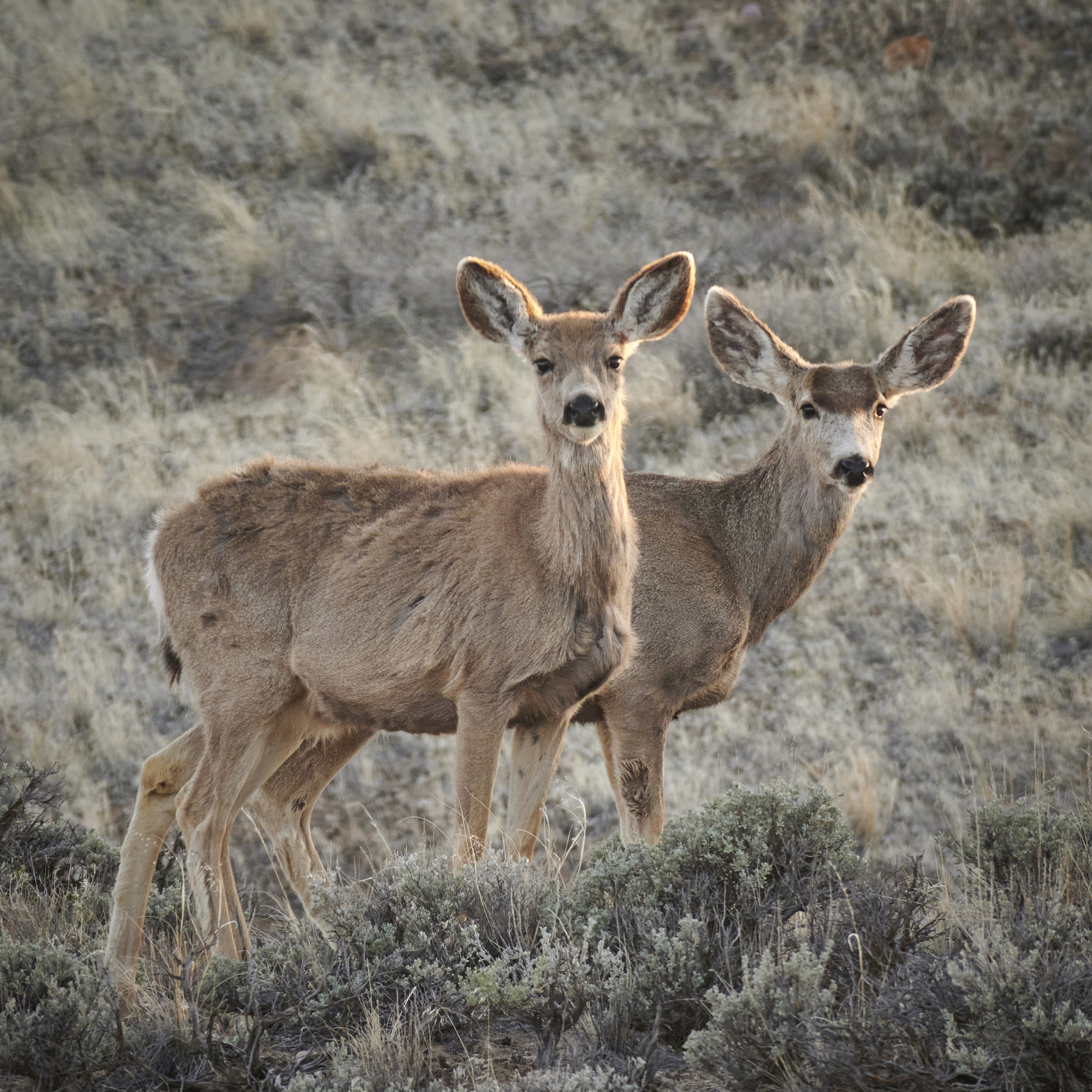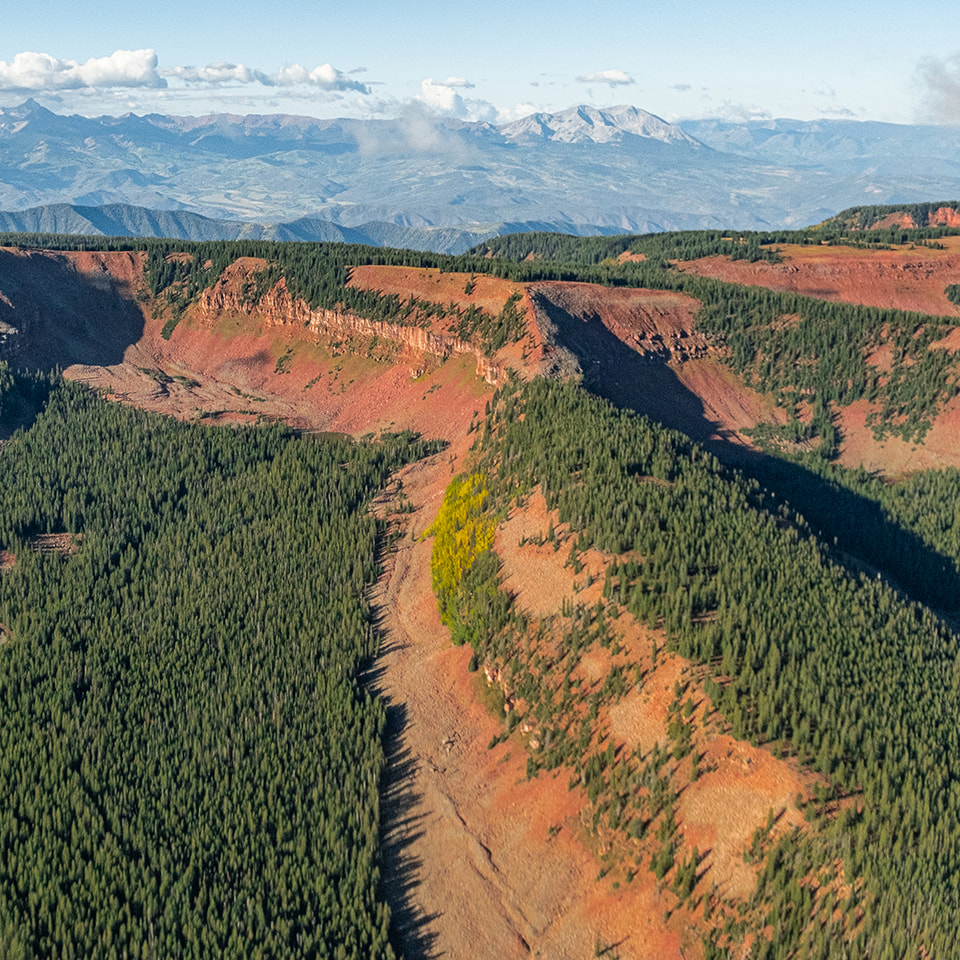Back in 2015, the Bureau of Land Management (BLM) finalized the Colorado River Valley and Grand Junction Resource Management Plans, dictating how nearly 2 million acres of public lands and the minerals beneath them in Western Colorado would be managed. The BLM prioritized oil and gas over all other uses and the plan opened 80% of the planning area (1.5 million acres) to oil and gas leasing and development.

Mule Deer on BLM wildlands. Photo courtesy Jon Mullen/Ecostock.
As a result of lawsuits filed by Wilderness Workshop and our conservation partners in 2016 and 2019 – challenging the BLM’s failure to analyze the climate impacts of its decision or to consider alternatives that would limit new oil and gas leasing in order to protect other public lands values – the agency is now revisiting oil and gas management for the entire region. In the summer of 2022, they began developing a new plan that will determine where and how oil and gas leasing and development in the Colorado River Valley and Piceance Basin will occur for the next 20 years or more.
Because of our legal work and advocacy, the BLM is now taking a hard look at the climate impacts of oil and gas drilling and will make decisions to minimize and mitigate those impacts, while at the same time putting in place important protections for public lands.
We rallied our members and submitted detailed, technical comments over the summer, focused primarily on convincing the BLM to incorporate key conservation priorities into the plans, including:

We’re advocating for new protections in the Colorado River Valley. Photo courtesy Sam Sheppard.
- Durable protections for wilderness-quality lands that benefit wildlife habitat, recreation, and climate resilience. We’re advocating for the BLM to increase the amount of land protected to offset existing oil and gas development and designate new Wilderness Study Areas.
- Protecting water resources from oil and gas development. We worked with hydrology experts who identified groundwater resources and potential pathways for contamination of those aquifers during oil and gas development and are encouraging the BLM to use this scientific data.
- Implement innovative planning decisions to support local economies transitioning away from fossil fuel and other extractive industries.
“This summer, our field inventories of wilderness quality lands identified tens of thousands of acres eligible for protection. This data will be invaluable in our advocacy to ensure oil and gas is not the dominant use of our public lands and continues the Workshop’s commitment to knowing our wild public lands inside and out. Thank you for making this work possible!” – Sam Feuerborn, Wilderness Workshop Field Coordinator
Boots on the Ground
As part of the comments submitted by Wilderness Workshop on the BLM’s new oil and gas plan, we submitted an extensive inventory of undeveloped public lands with wilderness values. This ensures the agencies know where wilderness-quality lands exist and can take that information into account when making decisions. Some highlights included:
Total acres inventoried & eligible for protection: 43,456
Miles driven: 776
Photos submitted: 167
Points of Interest noted in comments: 149
Units of potential Lands with Wilderness Characteristics: 5
Calf Elk Being Born: 1

